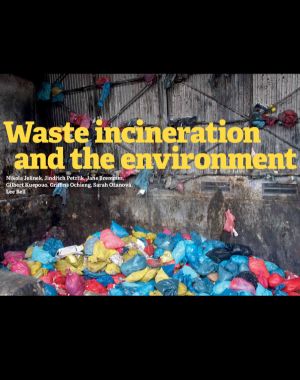KEY FINDINGS
- Waste incineration is not a solution to the triple planetary crisis - it actually contributes to it. Incinerating waste emits large volumes of CO2, pollutes the environment with a variety of toxic chemicals including dioxins, mercury, and many others in quantities exceeding planetary limits, and contributes to biodiversity loss.
- Communities living near incinerators may be at higher risk of health issues due to their harmful effects.
- Air emissions are not the only pollution pathway from waste incinerators: Both fly ash and bottom ash from incinerators are highly contaminated with dioxins and other chemicals such as PFAS.
- Emissions to air from waste incinerators are not fully controlled, as some very toxic substances are monitored for only a few hours twice a year or not measured at all.
- Waste incinerators cannot operate without state subsidies and other forms of economic support from public budgets.
- Alternatives to waste incineration exist for most waste streams, with examples included in the report.
Waste incinerators represent an outdated, unsustainable, and expensive way of managing waste that has negative effects on the environment, human health, and the planetary ecosystem.







